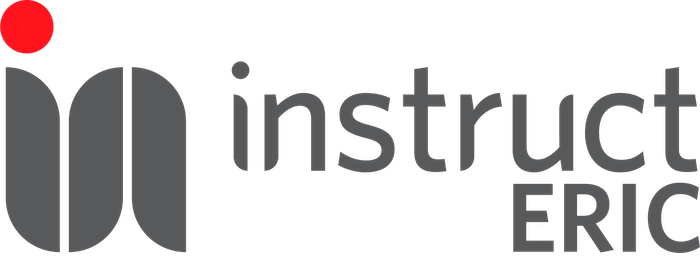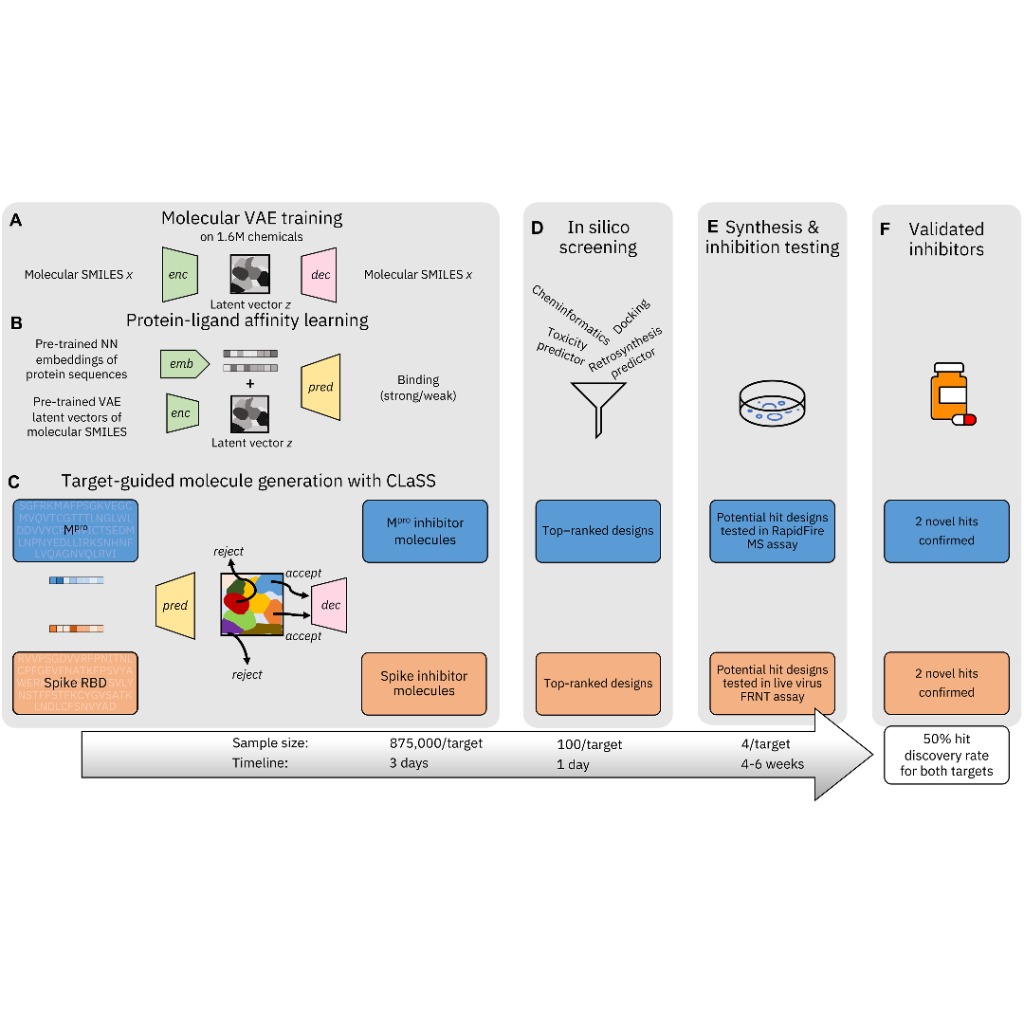AI and Structural Biology
Artificial Intelligence (AI) is playing an ever-increasing role in our lives. In science, and structural biology, it is no different - from prediction software, such as AlphaFold, to machine learning (ML) processes, the continuing fusion of AI with experimental structural characterisation and project design.
As a structural biology research infrastructure, Instruct-ERIC provides expertise on how to get the best out of AI and structural biology. How to get the most out of prediction tools, when best to use them, and how to validate the predictions to make sure they are accurate and provide enough biological context.
Instruct TechDev Call - AI Tools for Integrated Structural Biology
In 2025, Instruct offers funding for projects in technology development (TechDev) within the area of development of “AI tools for Integrated Structural Biology”. A maximum of €30,000 is to be awarded for each successful project. The proposals must develop tools that will benefit the aims of Instruct and that could become available at Instruct Centres.
Find out more about the call and apply here.
What is AlphaFold?
AlphaFold is a structure prediction tool, using the amino acid sequence to predict the 3D structure of proteins. Launched in 2021 by Google DeepMind and EMBL-EBI, AlphaFold initially won plaudits for its exceptional accuracy over other prediction services. Since then, there have been several updates to the system - currently the AlphaFold server is powered by AlphaFold 3.
As well as proteins, AlphaFold 3 can generate accurate structures containing DNA, RNA, ligands, ions, and can also model chemical modifications for proteins and nucleic acids. These updates ensure that the system can provide more biological context to a structure prediction - providing an insight into how the protein might function too.
For those who are new to AlphaFold, EMBL-EBI provides an online walk-through course to get up to speed. This outlines:
- How AlphaFold works and its strengths and limitations
- How AlphaFold predictions were validated experimentally
- The fundamental concepts behind AlphaFold and why it is considered a significant breakthrough in protein structure prediction
- The best way to predict protein structures
- The best way to access pre-computed predictions from the AlphaFold Protein Structure Database
- How to evaluate predicted structures from AlphaFold by integrating the different confidence metrics
See the online course from EMBL-EBI here.




